The railroad has completed the introduction of Unified Plan 2020 on its Mid-America Corridor linking the Midwest and Gulf Coast and has begun making changes on its Sunset Route and routes linking Los Angeles and Chicago, CEO Lance Fritz told the RailTrends 2018 conference last week.
UP’s key operating metrics are improving, Fritz points out, with cars spending less time in yards and moving faster across the network.
The railroad has been able to store 750 locomotives in the last three months even as it handles more traffic. And the number of hours trains have been held for lack of power has been reduced by two-thirds, partly because shops are no longer clogged with old, unreliable units.
Car trip-plan compliance currently stands at 66 percent, up from 60 percent in September, and is on track to hit 75 percent by the end of the year.
The progress has been made possible by making the operating plan less complex and implementing principles of Precision Scheduled Railroading, Fritz says.
One of the key elements of the operating philosophy touted by the late E. Hunter Harrison is running general-purpose trains.
UP did the opposite, Fritz says, by running separate networks for manifest, cement, rock, coal, wind turbines, finished vehicles and auto parts, domestic intermodal, and international intermodal.
The idea was to be responsive to different types of customers. But what customers actually want, Fritz says, is more consistent and reliable service. The old operating plan wasn’t up to the task.
“Lots of different, unique boutique trains,” Fritz says. “And the end game was we had a wonderful service design and it was very difficult to execute.”
“We were torturing our team,” Fritz says, noting that he never came back from a visit anywhere on the system where he thought that more employee effort or time would produce better results.
“So that’s why we made the change,” he says.
A departure from Harrison’s rapid-fire implementation of PSR is keeping customers in the loop as UP makes operational changes.
UP used to not focus on how long cars and locomotives spent at customers’ facilities. Now UP is being “relentless” on productivity, Fritz says, so that assets such as cars, locomotives, and crews spin faster.
UP has told shippers that, “if you work with us you will get more consistent, more reliable service,” Fritz says.
When UP announced it was moving toward Harrison’s operating model, 20 percent of the railroad’s customers thought it was a horrible idea and urged the railroad to stop, Fritz says. Another 20 percent thought it was a great idea.
“A lot in the middle were like Missourians: Show me,” Fritz says.
UP’s job now, he says, is to convert all shippers into believers.
“We’ve got customers now telling us they are very, very satisfied,” Fritz says.
Connecting railroads say they have seen no problems with interchange. And Ann Begeman, the chairman of the Surface Transportation Board, says the agency has not received shipper complaints about UP’s service amid its operational makeover. She also praised UP’s go-slow approach.





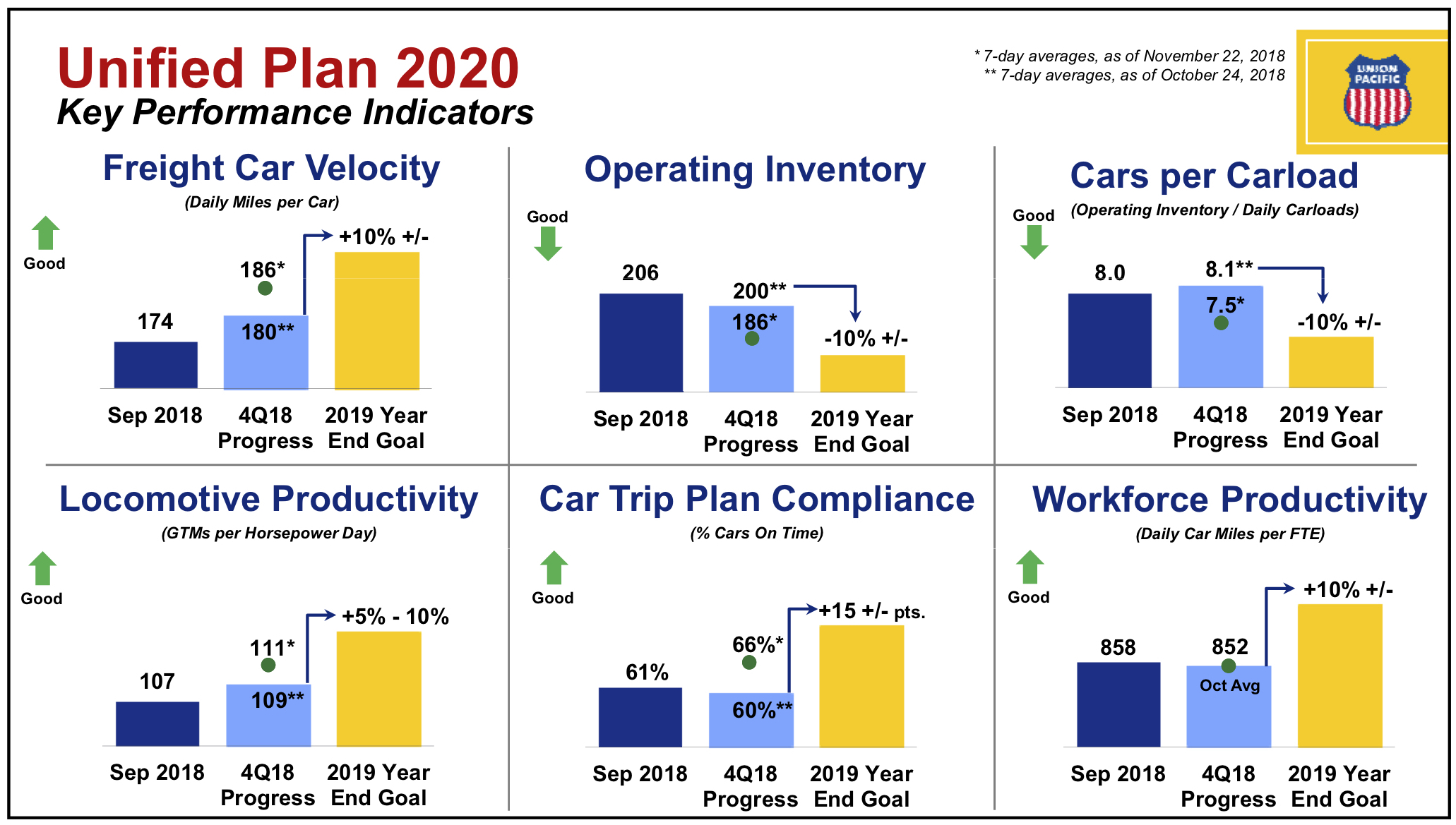


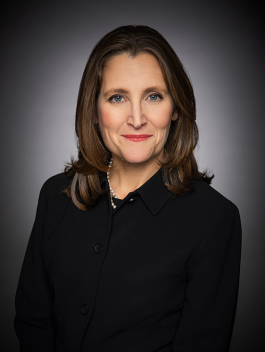
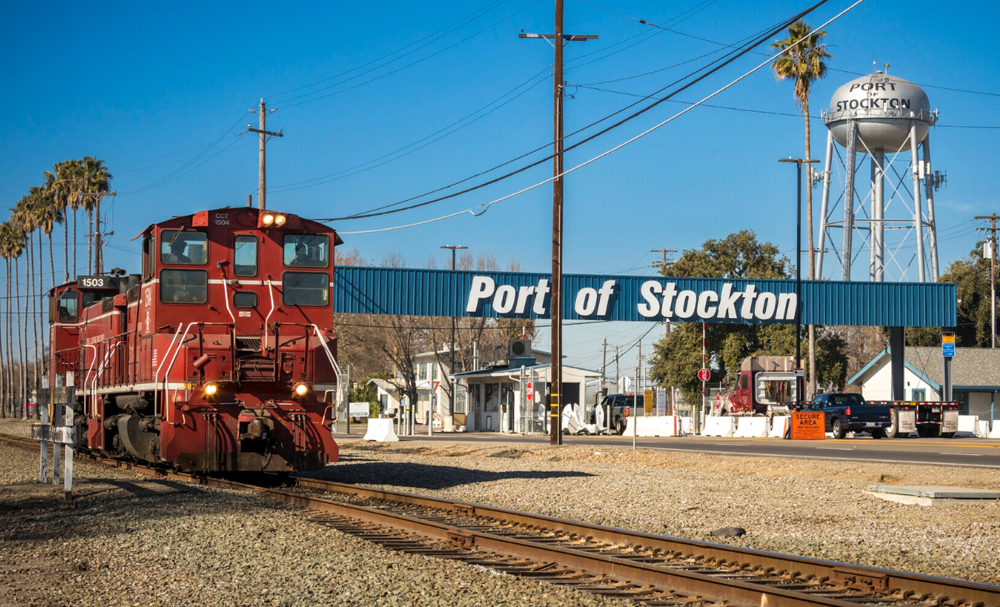
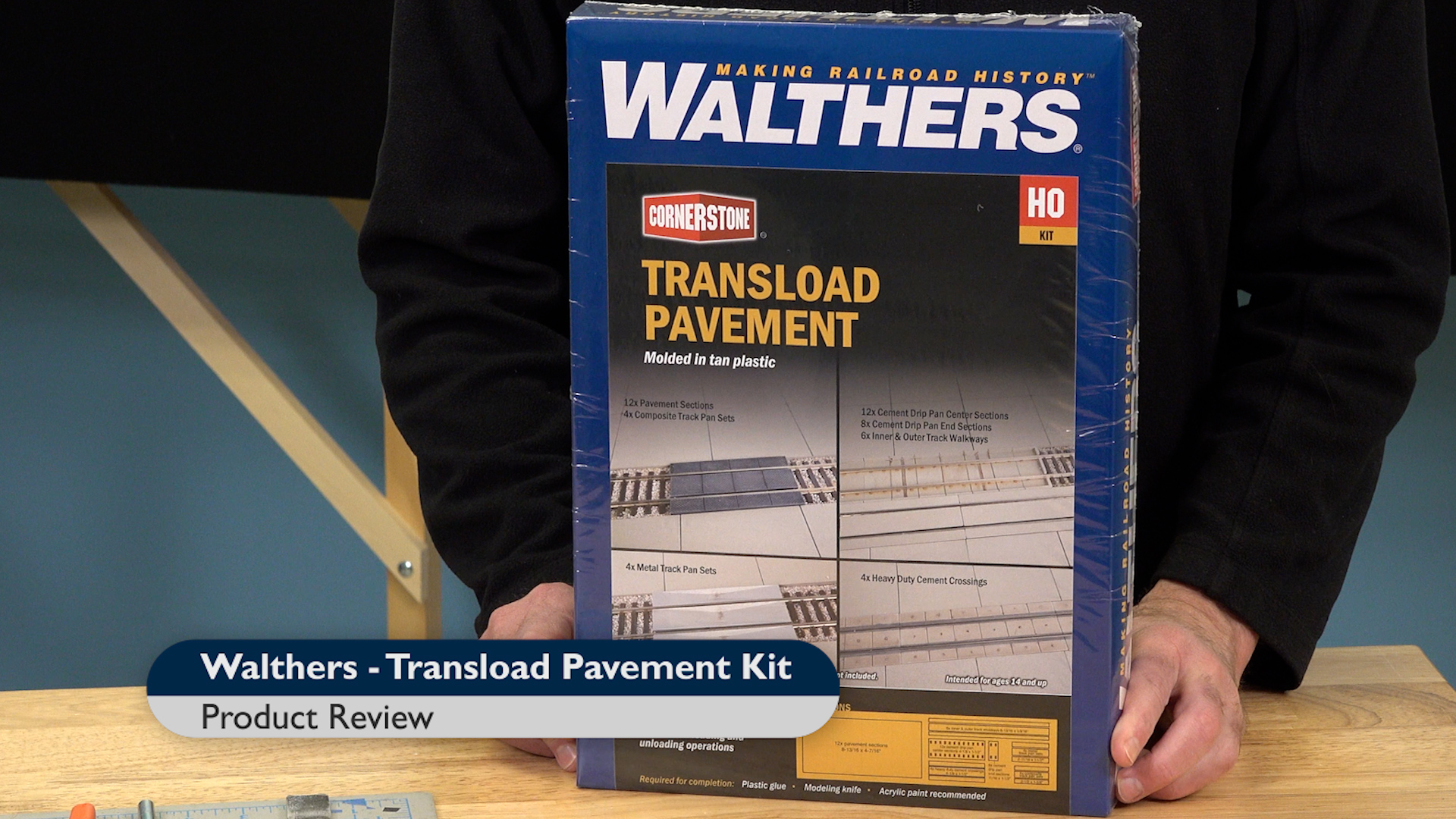
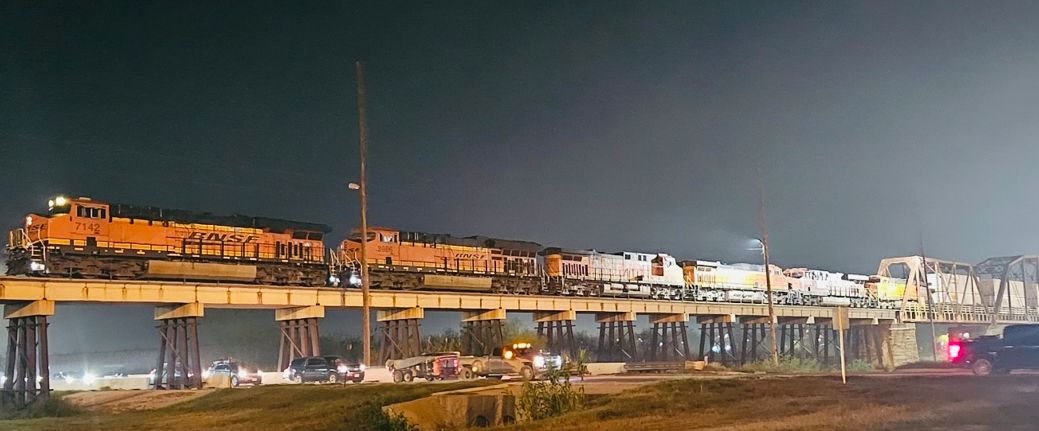




The other part of the plan is to propose rate increases so high that it drives off traffic. I wish these guys would stop calling customers “partners”. This is no longer consensual.
UP has told shippers that, “if you work with us you will get more consistent, more reliable service,” Fritz says.
And if you do not want to, we will penalize you, or maybe decide we do not want your business.
“We’ve got customers now telling us they are very, very satisfied,” Fritz says.
Numbers? 2 customers? 20 customers? 200 customers?